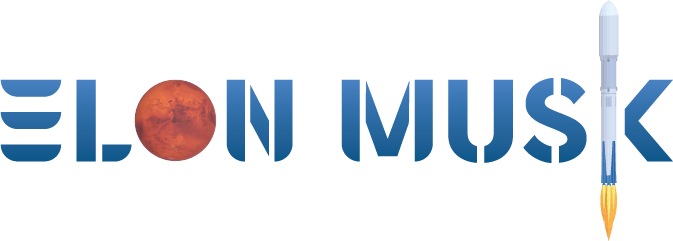
NASA Chooses SpaceX Vehicle to Deorbit ISS as Crews Take Cover from Near Collision
- by Military.com
- Jun 27, 2024
- 0 Comments
- 0 Likes Flag 0 Of 5

June 27, 2024 at 2:58pm ET
NASA said Wednesday that it has selected SpaceX to build the one-of-a-kind space vehicle meant to propel the now-decades-old International Space Station to a reentry at the end of its life without damaging anything on the ground.
The announcement came on the same day that the crew of the ISS had to unexpectedly board their capsules to wait for the outcome of a near collision with space debris from a satellite.
The ISS is already four years past its originally planned operational lifespan and has faced a raft of recent problems -- air leaks from the structure have worsened and pieces of ISS-related space junk, including jettisoned parts of SpaceX Dragon capsules, have recently crashed to Earth after failing to burn up in the atmosphere. Also, the ballooning inventory of satellites in orbit has placed the ISS in added danger of a collision. While getting a new vehicle built, NASA will have only worse options in the event of an emergency.
For a spacecraft to reenter the atmosphere, the U.S. government requires a 1-in-10,000 likelihood or less of the debris resulting in a "public risk," according to the white paper. With the vehicles that currently visit the station, such as Russia's Progress cargo capsules that already provide propulsion, the deorbiting wouldn't meet that standard.
But the planned end to the space station's service isn't the only reason it might need to deorbit.
NASA's safety advisers, the Aerospace Safety Advisory Panel, recommended in 2022 that NASA address not only "the lack of a well-funded, controlled reentry and deorbit plan" but also the growing likelihood of an emergency happening in the meantime.
As recently as Wednesday, crews had to evacuate the interior of the ISS to wait inside their capsules, ready to fly home in the event of damage, as debris passed close by from a satellite that broke up in orbit.
The current crew members include Navy Cmdr. Matthew Dominick, commander of the most recent Crew Dragon mission, and retired Navy Capts. Barry "Butch" Wilmore and Sunita "Suni" Williams, commander and mission pilot respectively of the first human test flight of Boeing's Starliner capsule.
A NASA spokesperson told Military.com that, in the case of a mission-ending emergency between now and the projected end of the station's operations in 2030, the plan is to deorbit with the propulsion from a Russian Progress capsule, a solution already deemed insufficient as the final plan. NASA officials did not address what might be done if the Progress capsule also got hit in the collision and the space station began to naturally fall back to Earth uncontrolled.
In addition to the added risk of a collision, the ISS has faced issues including air leaks that worsened earlier this year.
However, "NASA and its international partners regularly conduct structural analyses of the station to ensure it continues to be safely and productively crewed and operated," according to the white paper. "These analyses show ample margin to fly through at least 2030."
Meanwhile, recent news that debris from the ISS reached the ground when it was supposed to burn up, including an old battery pack that struck a home in Florida and parts of an expendable Crew Dragon cargo trunk that fell in North Carolina, could have implications for the success of the deorbiting.
The flight controllers for Skylab discovered the limitations of the mathematical estimates made to predict how and when a space object will burn up in the atmosphere in 1979, when that earlier space station failed to disintegrate as predicted and their final maneuver overshot the target by thousands of miles, scattering debris in a remote part of Australia.
The white paper also breaks down the alternatives to deorbiting that NASA rejected as infeasible or too dangerous, including an uncontrolled reentry (too risky to people on the ground); any kind of disassembly for repurposing in space or returning to Earth (difficult because the ISS wasn't built in a way that's conducive to easy disassembly, and the space shuttles with their large cargo bays no longer fly); and boosting to a much higher orbit (the current astronaut capsules aren't meant to go higher, and the ISS can't operate without a crew, among other reasons).
SpaceX will build the vehicle then turn it over to NASA to own and operate for the deorbiting. NASA's announcement did not specify a delivery date.
Please first to comment
Related Post
Stay Connected
Tweets by elonmuskTo get the latest tweets please make sure you are logged in on X on this browser.
Sponsored
Popular Post
Tesla: Buy This Dip, Energy Growth And Margin Recovery Are Vastly Underappreciated
28 ViewsJul 29 ,2024






 Energy
Energy



















